BAW(S) 2019, Part II: The Grand Tour
- Christian Hain
- Sep 16, 2019
- 12 min read
Updated: Apr 1, 2020
(Berlin.) The preliminaries to Berlin Art Week 2019 (BAW*S as we’ve learned to say recently) continued with a new edition of Art for Planetariums brought to you by Berliner Festspiele (“Berlin Festival”, something like the performance branch of Martin Gropius Bau, but as usual in Berlin art, the nature of these ties is not exactly obvious, at least it’s not as bad as in the case of “Nationalgalerie” that somehow rules them all ... except Gropius Bau) and the municipal planetarium of Hamburg who provided the technics for a pop up space on the front lawn of artist residence and cultural centre Kunstquartier Bethanien. The motto still is the same, (‘down with the old, here comes’) The New Infinity, a title that, if you only think about it, seems infinitely stupid (no such thing as old or new in infinity).
It took off on Thursday, 5th September, for the chosen few at one p.m. in the morning with a preview of several – yes, what are those: ”films”? “installations”? - under the thunderdome. Which by the way felt smaller and more intimate than the last time, almost as if they’d removed a row of seats, which appears hardly possible given how happy they are with the success in 2018, that expressed itself in impressive waiting lines and even more impressive numbers. The seats are comfy yet invariably force you into a hollow back posture – add your neck being inclined for an hour and you know what to expect the next day. Is it worth the pain? Short answer: Yes, in parts at least. The first – let’s call it “experience” and be done with it - projects conventional film images to the spherical ceiling, and the visitor feels as if trapped in one of those little glass bowls, you or (rather) children shake in winter time to let it snow inside. In the planetarium it doesn’t snow (well, knowing you art folks... never mind) as we find ourselves transported to the woods, in summertime. The camera stays fixed to the ground and aims upwards in a steep angle, constantly swirling around. The more creepily inclined visitor might find himself thinking about the latest spam mail promising “banned Japanese upskirt videos” when the scenery changes to a playground, and the camera now stands under a jungle gym on which a little girl is climbing. Awkward. In the following, we extensively see her face in close up, distorted by the projection surface, while she, or other, unseen, children won’t stop telling us banalities about ”dead men” and memories”. She’s also tying knots into ropes, presumably to remind herself of something. Let’s sum up: Trees, children, death and memory. Equals kitsch.
There’s nothing “meta-” about this work by artist collective Metahaven but rest assured: It gets better, much better, and already with the next work. The first images, that have quite obviously been created in a computer, immediately succeed in establishing an eerie, puzzling, atmosphere that continues right until the end. We find ourselves buried under some sort of membrane, and a light appears at the end of the tunnel, a tiny round circular opening far away, to disappear again, leaving us to wonder whether are on board of a spaceship - always those annoying alien abductors -, or in the intestines of some gigantic critter that has eaten us alive, Jonah style? The journey continues past hovering forms, half-digested donuts or black holes, autumn leaves or little beetles, or merely chunks of lava, the only colours ever being dark blues and browns. Having read the explanations: All these forms are “physically impossible” in the real world, optical illusions like the famed "Penrose-Triangle". There’s something as technological as organic to them, and maybe call it neoneoneo-surrealist. Is this great, or only a better graphics demo? Appealing to the eyes without a doubt. Maybe a little too long, too, and ending in inappropriate orchestral music, much too dramatic and without any apparent link to what is happening on “screen”. The title is Non-Face, the artists are Robert Lippok & Lucas Gutierrez: “Danke schön, gracias”.
Thirdly, a narrative, part animation, part real life images, and lots of spoken – or sung - word, starting from a roofer’s work accident, then continuing to gravity (still the most annoying of all natural forces – whenever things fall and break, your toe for example, say a “thank you” to gravity) and the nature of things. We’re taken on a trip to prehistoric times and hear of a mass extinction event – well, at least this we don’t have to fear again in the near future, as biodiversity has always thrived in warm periods (another Ice Age on the other hand, and life would really be f---d, and I’m not referring to the deteriorating quality of sequels to animation movies). This is Agneszka Polska’s contribution, and not only is hers the biggest name in play, but she proves how much the reputation is earned. Only one, minor, complaint: Whoever does the talking part, and there’s a lot of it, obviously believes himself a much better actor, and singer!, than he actually is.
Many more artists are waiting for you at Mariannenplatz, and the medium is indeed something special (but please don’t overhype it).
BAW continued with the first entirely official events on Monday, the 9th September, when Martin Gropius Bau hosted the opening press conference and leading over to an eight hours press tour of some venues. This information from the official documentation made me first hesitate, than realise something: “The galleries [participating in art Berlin and Positions art fairs] celebrate their openings on Friday.” The most important gallery on Potsdamer Straße, the one usually dictating opening dates to all neighbours, Blain Southern, chose Saturday night instead, ... and indeed misses from the fair list. Sprüth Magers, another one of the few successful (read: profitable) Berlin galeries still participates at art Berlin, if only for nostalgia, but they prefer the Wednesday. Maybe busy in LA that weekend. On another side note, several private collections make their appearance in the official programme, yet they hardly offer anything special for the occasion. In August some subalterns of Berlin collector personalities profited from their bosses' absence - relaxing on the Côte/Costa/a private yacht - the things an art collectors does in summer - to organize a Collection Night that had nothing to do with the Proud Collector nights of some years ago, apparently. It all seemed a little bit strange, not even every participating collection's website announced the event.
But back to BAW Monday, when Gropius Bau offered a first glimpse of their latest show, the only half (at most) installed Walking Through Walls. It starts very true to its title, with black feet painted on a white wall, then continues with photos of the former inner German frontier, and follows in the vain of populist demands to tear down every wall in promotion of perfect global monotony (marketing calls this “diversity”). A highlight is the painting of vacationers on a beach as a dinghy with uninvited guests arrives, immigrants who demand their share in the wealth and nothingness of glorious Western consumer society.
Furthermore abstract water colours, a sound installation of people singing the German national anthem in all sorts of different languages, and an installation with tables crushing two chairs of which only the backrests still emerge from the deep. No walls between the tables. Historic photographs of Belfast join those of Berlin, we discover a series of surveillance cameras in painting, and even dear old Fred Sandbaek, his (in)existent, immaterial, walls delineated only by cottons threads are still as great as ever. A Hong Kong artist in the meantime installed an acoustic weapon, that the Chinese love to employ against annoying protestors (hey, that’s progress compared to a tank, right?); at MGB, it only plays bird’s songs instead of rather unbearable noise. I really like the museum worker – or member of an artist’s crew – who scribbled “more grrr” on the naked floor (that will certainly be covered up until you visit).
Next stop, Berlinische Galerie and Bettina Pousttchi. (They’ve also opened a Bauhaus show in the first, unofficial, week of BAW, about which you’ll read here shortly). The Frankfurt based Iranian-German artist fills BG’s small showcase space with flee-floating, fluid, forms made from Autobahn crash barriers, in different colours from authentic silver-grey to blood red as appears apt given the deformations. And don’t you get nostalgic, thinking, “Chris Burden would have actually crashed into them, and Gina Pane, too!” This is not the 20th Century, security rules. Pousttchi adds a series of public clocks she’s photographed in 24 different time zones before adding an abstract pattern to make them appear less “realistic” and more drawing-like. They’re all set to 11:10, which is a slight deviation from the advertising standard ”10:10”, which supposedly evokes a smiling face (fact, ask the retard of your choice, excuse me: ask the person of your choice working in the ad industry). From Big Ben to Big Bang, not really, but there are clocks using Arab, Roman, even Asian (too ignorant to identify the exact language – should it be Farsi?!) numbers. The artist tells us she’s been thinking extensively about the convention of time, the standardization of different time zones at a specific point in history not that long ago. Asian, European, African, it’s all the same, all equal, all exchangeable. That’s horrible, don’t you think? Let’s never stop making making a difference, and to discriminate which means the same, only in Latin. Sorry, got carried away once again. Pousttchi started working on this project back in 2008, which is good to know should you think of Christian Marclay every time you see a clock anywhere in art (The Clock, which very much resembled what in other, more commercial forms of entertainment you’d call a global smash hit, dates from 2012).
Pousttchi further expresses herself influenced by the history of Berlin, people not allowed to visit certain countries, and the historic change leading to Easy Jet &ct. (which might not always have been for the best of those countries). She'd better watch her words though, mentioning “Africans who had an entirely different relation to time suddenly found themselves subjected to certain rules...” - that’s dangerous. She was lucky nobody from – well you know the McCarthy-in-reverse-publications guarding over the correct ways to think, and talk, and overall mental hygiene - appeared to have been present. Cultural differences translating themselves into different individual attitudes, not only making a difference but even implying less time is money efficiency among specific ethnic groups – that should count for rAsSiSm11!1 in today’s standards.
The third part of this little showcase has disfigured bicycle stands, or simply how they'll appear to you a random Sunday morning after another night out in Berlin.
Haus der Kulturen der Welt decided not to show an exhibition on the occasion of BAW. ... Or did they? There is an on-going show after all, and Ulrike Ottinger’s tapestries dating back to her séjour in Paris in the 1960s are nothing short of impressive! But they won’t advertise this. Instead, for art week, HdKW is all about performances and a project named Reading Bodies/The New Alphabet. Well, it’s new, it must certainly be “awesome”, right? Nobody's reading books any longer, so why not bodies instead, should be interesting to finally learn the true signification of those Chinese characters you've disfigured your arms with? Wait, what? This is not about tattoos?!
People in charge talk about “translating the analogue into the digital”, and “rebuilding the world in binary code”, about the human mind interpreting all input, categorizing it in pairs of adjectives such as “male-female”, and how they intend to lecture people how to “read adequately” – adequate according to whom? Who defines what is acceptable and what is not, and how/by what, and whose, criteria? Talking about power structures.... (The will to power is always the strongest in those who claim to aspire ‘the greater good’) To make it short: these performances are nothing revolutionary, far from it.
Nadja Buttendorf glues a magnet on people’s fingertips granting them with a sixth sense, or not. The Trans*Opera you could attend, or spare your time and stream The Rocky Horror Picture Show (1978) instead. One of the performers at HdKW even chose to dress like Tim Curry in the role of Dr Frank’n’Furter. Progressive, or not. And finally, Jeremy Wade is a fabulous (“fabulouth”), and very American, entertainer, singing, dancing, and selling snake oil on a stage near you since 1492. I don’t mind him, not at all, but seriously: revolutionary, and ground-breaking? Does Liberace still count for avant-garde?
On to NK...something - not NGBK but another of those “Berlin Kunstverein” thingies – n.b.k., that’s it! They want to talk about the city’s recent history from the fall of the wall until today, and in particular the – dramatic or perceived, call it whatever you like, if you’re from abroad, New York, Paris, London, Tokyo &ct even “cute” or “imaginary” – housing crisis. Personally, I refuse to take anybody serious who mourns this and doesn't demand the development of former airport Tempelhof in the same breath. Put buildings in that wasteland, and you get room for 20-30,000 families at least. Also, please decide to become a 21st Century metropolis finally, accept that in such it will no longer be possible to live like in a vegan farm commune in the Swabian Alps. At n.b.k., they further address (somehow) the newly discovered social diversity between rich and poor, which needs to be overcome. All in all a rather dry exercise.
Upstairs, another show is all about South African born, Berlin resident, Candice Breitz. She’s prepared leaflets about a “new matriarchat” taking over, and makes the landmark observation: “everybody has passed through a woman into this world”. Well,... that’s not necessarily the future anymore. If you look at it, female, biological, creation is a thing of the past just like male, mental, creation (of worlds and concepts – including “woman”), technology takes care of everything and -body.
Any psychological interpretation of Breitz’ work would need to address eleventh hour panic as the female variant of a midlife crisis as well as her sexual orientation, which is indeed not irrelevant in the context: No, she will never give birth herself (notwithstanding that technological progress), although that is the main focus of her art here. Breitz appears obsessed with the event, and serves us three films behind closed doors, accessible for only three visitors at a time who are further obliged to leave their camera or smartphone with a gallery employee outside. Inside, only close up recordings of women giving birth. Thankfully, I didn’t eat much before. Frankly, I‘m more the old school guy, you know the saying: “My wife and I, we have dinner together, but we attend the restrooms each on its own”?
On another note, the aforementioned statement about every man having been born by a woman... it’s not that original, right? What do you think are the chances, Breitz once too often watched Sacha Baron Cohen’s 2004 Harvard speech in his role of Ali G: “No matter if black, white, brown, or Pakistani, we all come from the same place – the punany!”?
And the last one for today, Statista. If you visit Berlin for the fist time, you should definitely have a look at that former airport Tempelhof – the art fairs of BAW do happen here, too -, its halls and hangars are an even better example of uber-pompous Nazi architecture than Berlin Olympic stadium (built in 1924, the airport was decisively reconstructed in the 1930s). Then go and see Karl-Mark-Allee aka Little Pyongyang in the East, close to Alexanderplatz, which basically looks the same only that it’s socialist without the prefix. Albert Speer or a GDR collective, who could tell the difference? The first buildings are not as monumentally oppressive as those following further down the street, and one of them formerly housed a GDR institution for statistical research. Lying waste for years, it has (unfortunately) been “rescued”, and now there are plans for a future use: Local authorities will move in once again, and there’s some space dedicated to art.
Artists have already started their work, and present plans involving the only (long term) lodgers of the near past: pigeons. The House of Statistics has become famous for being the – statistically – biggest dovecot in all Europe. Wow. An art project now focuses on keeping the synathropic birds here, whether it’s for their best or not (have you ever seen a healthy city pigeon, without crippled feet and open eczema?). A future installation will signal their presence or absence by a (red?) light. Ok. Meanwhile, in the backyard, nature has celebrated other small victories over Socialism, and artist studios have been established in the wilderness, there joining a summer school and conferences for students of city planning and architecture. Finally, a project upstairs involves bees, and crypto currencies. Facepalm. Metal/wooden beehives with sensors that spy on them and collect all sorts of data, not to create a user profile for each drone and sell it to Google or Facebook (who would undoubtedly be interested), but for their best. They didn’t ask them, or their queen, though, presumably. On a website, and using an app, you may invest in a dedicated crypto currency (change that verb to “make a donation”), then have a voice in how the money will be spent – under the condition, that it serves the bees in one way or other.
One of the people behind the project explains, that they chose crypto currency not “because it’s all the hype, dumbass millenials would literally buy excrements, if only you’d call it ‘crypto-sh..‘“, but instead: “because it’s more secure than conventional money”. Well, f... security. Security is not humane. Security is not alive. And security is certainly not art.
Somebody left a sticker on a door of the building that is still very much in need of renovation: “There is no Planet B”. Considering global population growth, we’re heading towards a Planet Bee at least, humanity an insect colony.
World of Arts Magazine - Contemporary Art Criticism

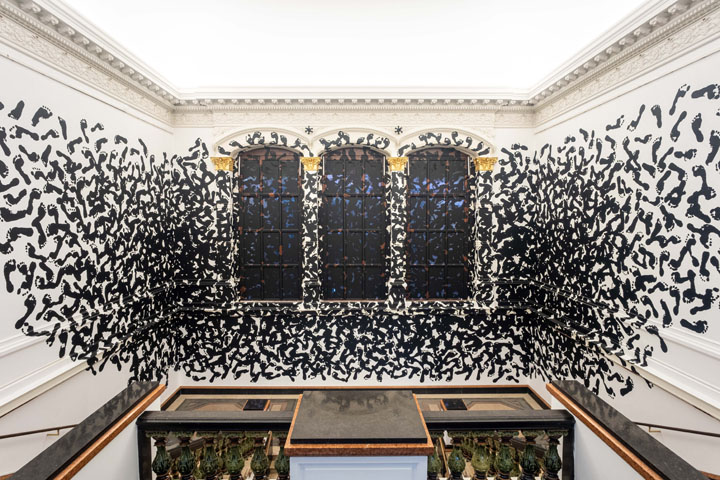

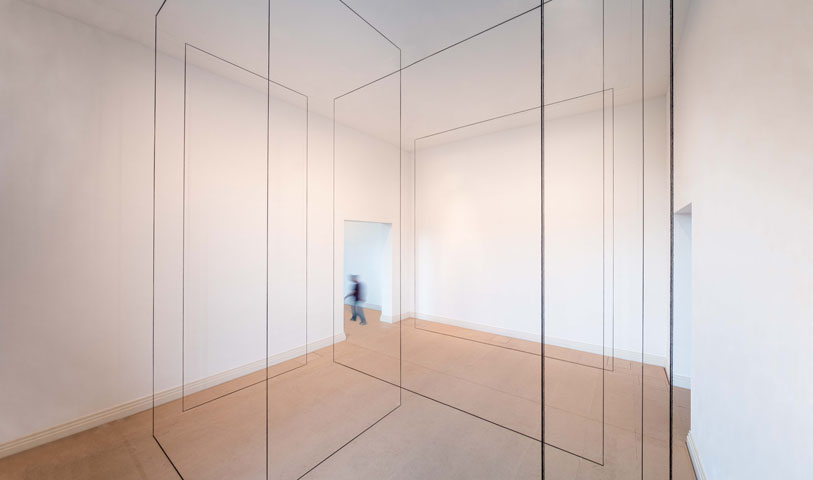

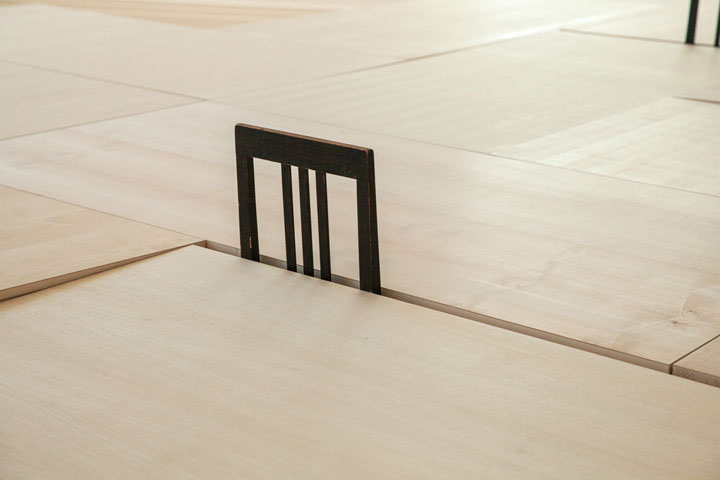

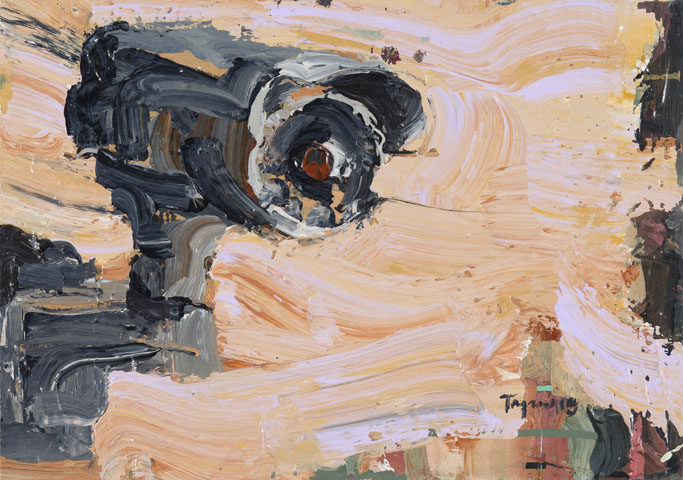

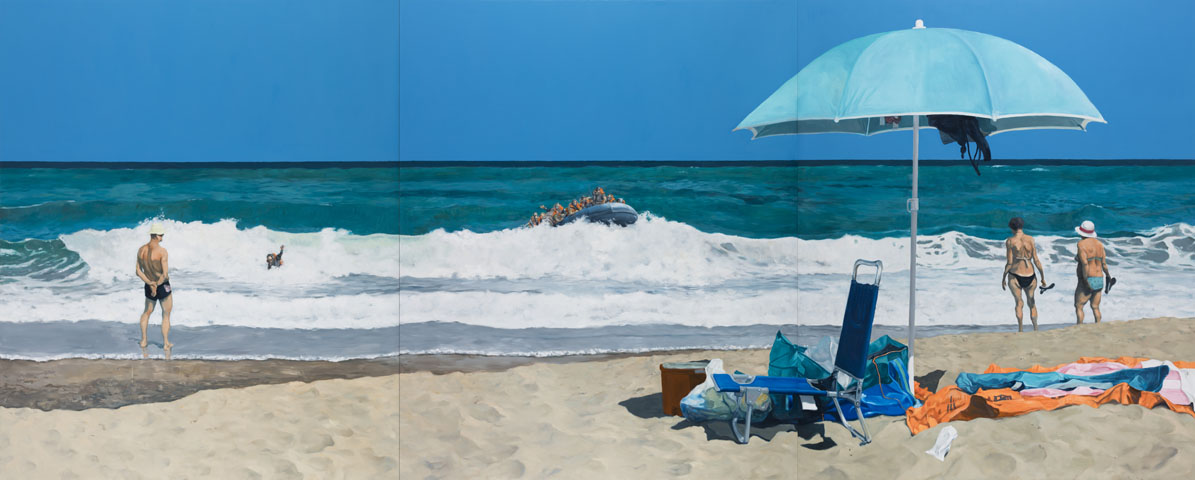
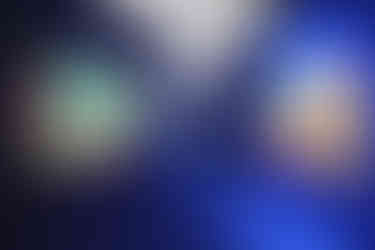


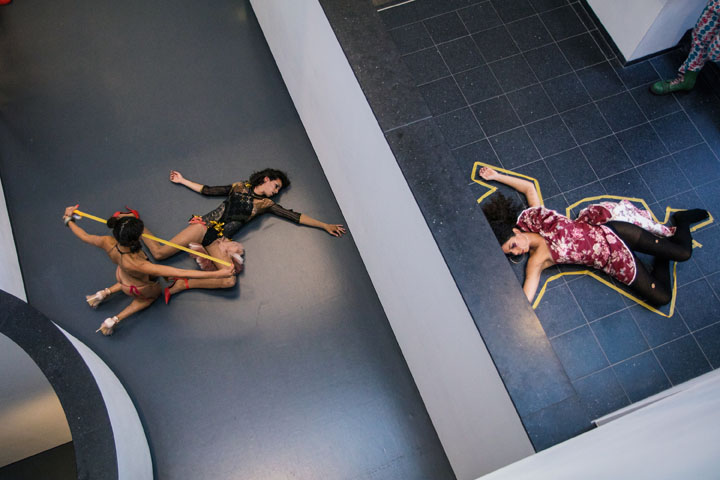

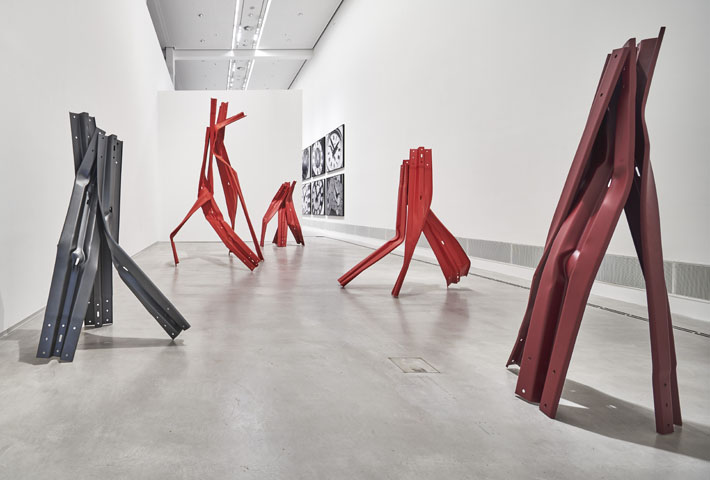

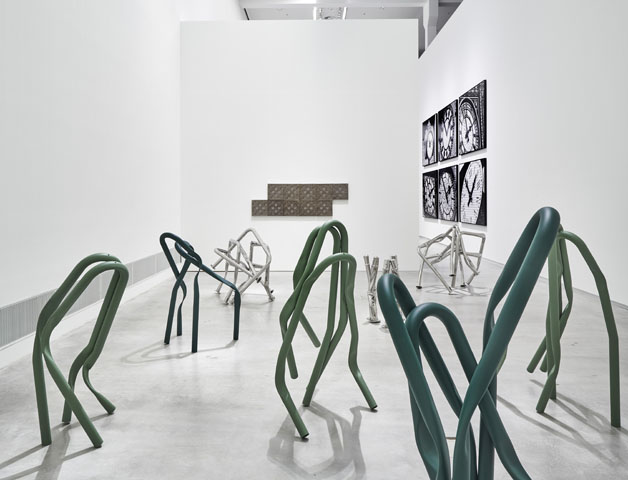

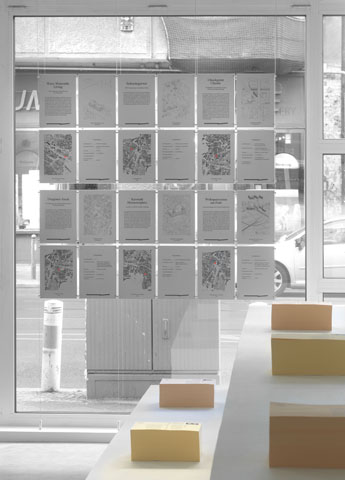


Comments